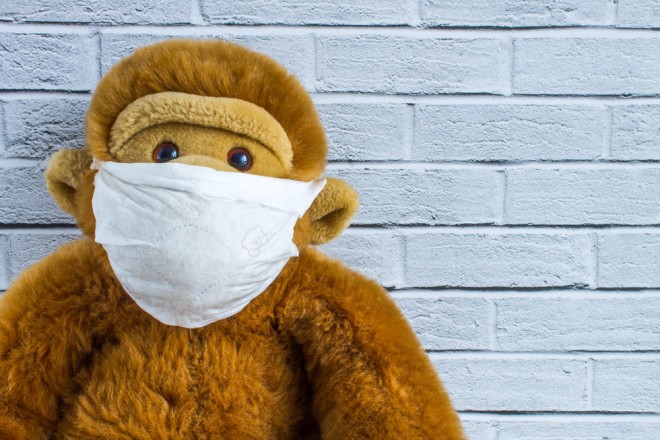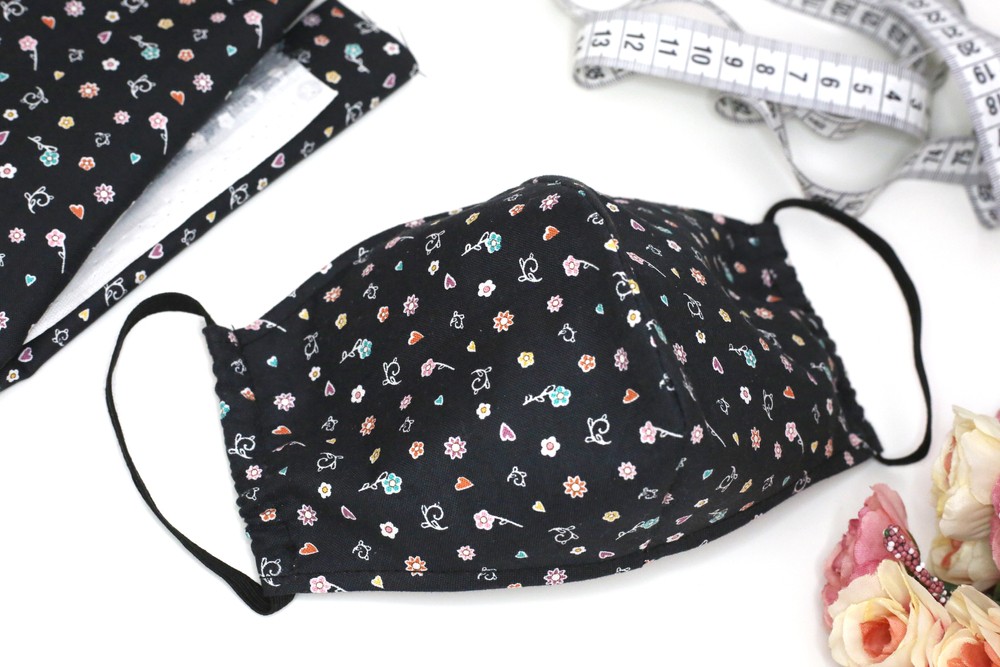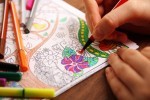How are effective homemade protective masks made? This is how you make your own homemade protective masks!
Read below how they are made effective homemade protective masks, so how do we make it ourselves at home homemade protective masks!
The outbreak of the coronavirus worldwide has led to a shortage of protective equipment, especially face masks. During this shortage, the Centers for Disease Control and Prevention (CDC) advised that in the event that no protective equipment is available, protective masks should be made at home.
Homemade protective masks they don't really offer the same protection as a surgical mask or an N95 mask, but they're still better than nothing. "While homemade masks are not as effective as surgical masks or N95 masks, they are absolutely helpful at this time if a major shortage occurs," says dr. Shawn Nasseri. "They help keep the mouth and nose area clean, so it's better than not wearing anything at all."

How effective are homemade protective masks?
A study from 2013 studied the power of homemade protective masks made from cotton t-shirts to prevent the spread of influenza. Researchers found that cotton masks were a third as effective as surgical masks, and that homemade masks helped "significantly reduce the number of microorganisms". However, it is not clear from this study how effectively masks protect people from inhaling particles that may contain the virus.
Effective homemade protective masks: how do you make your own homemade protective masks?
Homemade protective masks can be made even if we are not good at sewing! Among household items, we can find quite a few materials that can filter particles from the air and thus reduce exposure to the virus. The key to making effective homemade protective masks is layers! It is also crucial that the mask fits tightly around the mouth, nose and chin area, so that particles cannot slip through any gaps.
"Masks with a silky outer layer (if possible), a middle layer of densely woven material such as nylon or cotton, and then a layer of comfortable cotton on the inner side are ideal," says Nasseri. Skip wool and other fabrics that can cause allergies and irritate your skin.
There are plenty available right now free samples, showing people how to sew homemade protective masks, hospitals around the world have also issued their own mask-making guidelines. Some are even of the opinion that we can sew into the mask a layer of fabric from a pacifier bag, as they are supposed to filter particles even more effectively.
THESE ARE INSTRUCTIONS FOR MAKING A HOMEMADE COTTON WASHING MASK AS RECOMMENDED BY UKC LJUBLJANA
There are also homemade protective masks, which do not need to be sewn. Namely, in 2006, researchers from the University of Pittsburgh shared CDC guidelines for making an effective homemade face mask, when surgical masks and N95 masks are not available during a virus outbreak.
Researchers used a plain cotton t-shirt to make a homemade, no-sew protective mask. First they are cotton was boiled in boiling water for 10 minutes, that he was sterilized. Then it was cut to size and shaped like a mask. They made one outer layer and eight inner layers to cover the nose and mouth. The mask was then tied around the head without elastic to make it fit. Testing has shown that this mask "offered considerable protection".
Here is the process of making a homemade protective mask!
Material
- fabrics such as cotton, microfiber cloths
- elastic for tying or two elastic bands for hair
- scissors
- sewing machine
- thread
Process
1. Start by cutting 2 rectangles of fabric measuring 30cm x 15cm (or 27cm x 12cm for a smaller head).
2. Sew the layers together, then sew the bottom edge to completely close it.
3. Fold the edge of the mask. Sew the elastic (or rubber bands) to the edge of the mask, so that the elastic is sewn on the inside of the mask.
4. Pull the elastic and sew the rest of the fold.
5. Repeat on the other side.
6. Sew several times at the beginning and end of the seam to really hold it, as the elastic will put the most stress on the fabric in these places.
HERE YOU CAN FIND MORE SEWING PROCEDURES AND MAKING HOMEMADE PROTECTIVE FACE MASK!






